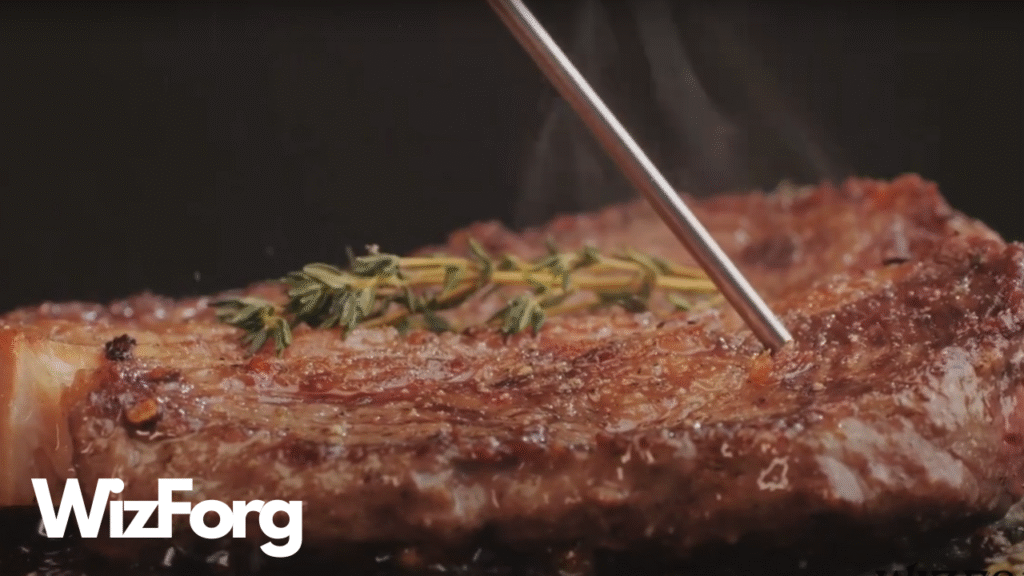When you think of expensive collectibles, you might picture fine wine, aged whiskey, or vintage watches. But in Japan, soy sauce is another dark, rich liquid earning luxury status. That’s right; people spend hundreds, even thousands, of dollars on vintage bottles. But why?
More Than a Condiment
In most of the world, soy sauce is a pantry staple. It’s cheap, salty, and mass-produced. But in Japan, it’s something deeper. Known as shoyu, soy sauce has been crafted by artisans for centuries. For some producers, it’s not just about flavor but heritage, process, and perfection.
Some soy sauces are aged for over 20 years. Each bottle tells a story of fermentation, tradition, and time.
A 200-Year-Old Process
The rarest vintage soy sauces come from family-owned breweries in places like Yuasa, often called the birthplace of shoyu. These breweries still use the traditional kiosk method of fermenting soybeans in giant wooden barrels made from cedar and held together without nails.
The natural bacteria and yeasts living in the wood inside these barrels interact with soybeans, salt, and wheat. Over time, this creates layers of umami that modern stainless steel vats can’t replicate.
Some barrels are over 100 years old and passed down from generation to generation, each batch carrying the flavor of the last.
Aging Like Fine Wine
Just like wine, vintage soy sauce develops more complexity over time. A 3-year-old shoyu might taste mellow and slightly sweet. But a 10-year vintage? It’s deep, smoky, and almost syrupy. The umami is so concentrated that chefs often use just a drop or two to finish a dish.
These bottles can sell for $300 to $1,000 or more at auctions and in exclusive gift sets, especially if they’re limited editions or tied to a historic brewery.
A Cultural Statement
In Japan, giving soy sauce as a gift isn’t unusual. But a bottle of rare, handcrafted shoyu is more than just a sauce; it symbolizes respect, taste, and refinement. It’s something you savor. It’s something you serve to honored guests.
Some bottles are packaged in hand-carved wooden boxes or porcelain vessels. The labels might even be handwritten by the toji, the master brewer.
Why It’s Worth It (To Some)
Spending that much on soy sauce might seem wild to the average person. But to collectors, chefs, and flavor purists, it’s worth every yen. When you taste a truly vintage Japanese shoyu, you taste not just salt but craft, time, and soul.
Want more surprising food facts and deep dives into hidden luxury traditions?
Follow us at wizforg.com for weekly stories that go beyond the obvious.
Like, share, and subscribe. If you’re fascinated by food culture, drop a comment:
What’s the most expensive thing you’ve ever tasted?



